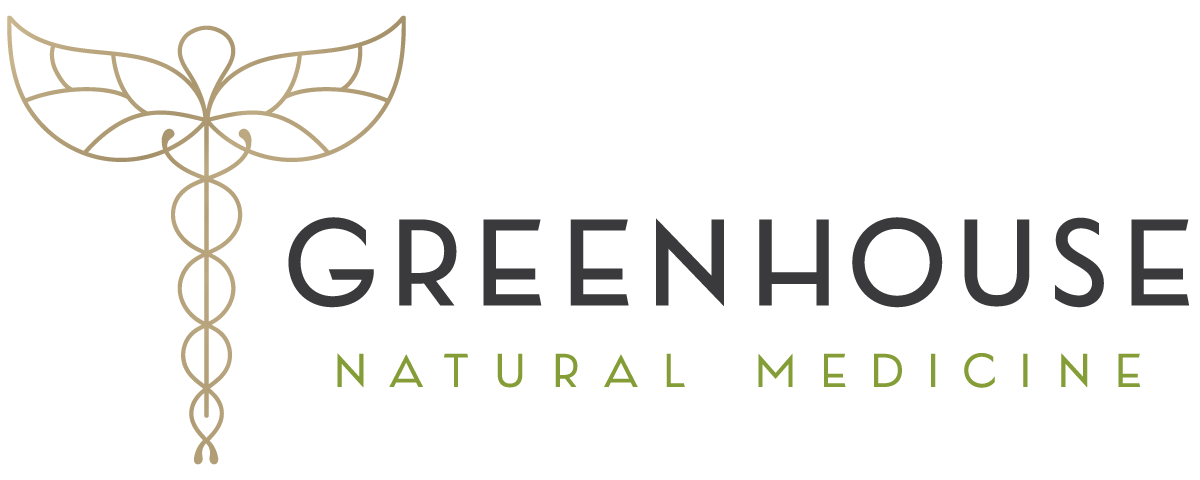Ultraviolet Blood Irradiation
An Overview of a Promising Therapeutic Approach
Ultraviolet Blood Irradiation (UVBI) is a therapeutic technique that exposes the blood to ultraviolet (UV) light. This procedure has gained attention in recent years for its potential health benefits and applications in various medical conditions. While UVBI has been used for several decades, it continues to generate interest as an alternative or complementary therapy.
When we perform Ultraviolet Blood Irradiation at Greenhouse Natural Medicine, we draw blood from the patient and run it through quartz crystal tubes, which are exposed to high intensity bulbs. The blood is irradiated with UV light from the bulbs, as well as red, amber, blue, and green light, before returning to the body. UVBI has shown potential benefits in infections, autoimmune disorders, circulatory conditions, and as an adjunct therapy for cancer. We typically perform UVBI simultaneously with Ozone Therapy.
How Does Ultraviolet Blood Irradiation Work?
UVBI works on the principle that specific wavelengths of UV light can have therapeutic effects on blood. When blood is exposed to UV light, it undergoes photochemical reactions. The light triggers the formation of singlet oxygen and other reactive oxygen species, which have been shown to have antimicrobial, immunomodulatory, and anti-inflammatory properties.
Additionally, UVBI may help stimulate the production of nitric oxide, a molecule involved in vasodilation (widening of the blood vessels for improved flow) and immune regulation.
Unique Benefits of Each Wavelength on the UV Spectrum
Red Light
Increases nitric oxide which helps improve blood flow, tissue healing, memory, and hair growth. Improved nitric oxide also reduces inflammation, helps regenerate (or grow back) cells, restores cell function, and has a calming effect on the nervous system,
Blue Light
Helps with regulation of the sleep cycle and body rhythms. Enhances mitochondrial function, which increases energy production of the cells.
Green Light
Reduces inflammation, improves collagen production, reduces pain, improves blood flow in the capillaries, strengthens immunity, reduces blood pressure, and reduces muscle tenson and migraines.
Amber Light
Stimulates the production of red blood cells, helps with wound healing and healthy skin tone.
Applications of Ultraviolet Blood Irradiation
Infections
UVBI has shown promising results in treating various infections, including viral, bacterial, and fungal. The antimicrobial effects of UV light can help inactivate pathogens and reduce their ability to replicate. UVBI has been explored as a potential adjunct therapy for conditions like viral hepatitis, HIV/AIDS, Lyme disease, and pneumonia.
Autoimmune Disorders
Some autoimmune disorders involve an overactive immune response. UVBI’s immunomodulatory effects can help regulate the immune system and potentially reduce the severity of autoimmune reactions. UVBI has been studied as a potential therapy for conditions like rheumatoid arthritis, multiple sclerosis, and lupus.
Circulatory Conditions
UVBI’s ability to stimulate nitric oxide production and improve blood flow has led to its investigation in circulatory disorders. It can be beneficial in conditions such as peripheral artery disease, vascular insufficiency, and diabetic ulcers.
Cancer
While UVBI is not a standalone cancer treatment, it has been explored as an adjunct therapy. UV light may have direct cytotoxic effects on cancer cells and enhance the effectiveness of other cancer treatments.
Please make an appointment with Greenhouse Natural Medicine to find out if UVBI is right for you.

